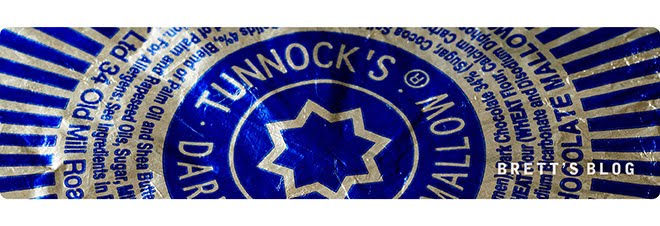
Wired reports: [edited]
This winter, a sparkling diamond landed in front of a technician at the Gemological Institute of America in New York City. He ran tests, noted the stone was man-made, and graded it as he would any diamond. It was the gem industry’s strongest acknowledgment yet that lab-grown diamonds are just as real as natural ones.
For years, De Beers, the world’s largest purveyor of natural diamonds, argued against the acceptance and GIA grading of lab-grown stones. But since 2003, synthetic diamond production has taken off, driven by consumer demand for merchandise that’s environmentally friendly (no open-pit mines), sociopolitically neutral (no blood diamonds), and monopoly-free (not controlled by De Beers).
As a result, Gemesis, the leading manufacturer of gem-quality diamonds has expanded operations rapidly. Three years ago, the company had 24 diamond-producing machines; now it has hundreds - matching the cash-value output of a small mine - and is turning out a new one every other day.
“At this point, we operate like any other mine,” says Clark McEwen, COO of Gemesis. “We produce rough diamonds in our machines and sell to distributors who do the cutting and polishing.”
And despite their steady pronouncements of disdain, the old guard finally wants in. Michael Werdiger - one of only about 90 firms in the world that distribute De Beers’ diamonds - has been buying Gemesis’ yellow stones, a colour that is particularly rare in nature.
Because man-made yellows are increasingly plentiful, they sell for up to 75 percent less than natural yellows. Just a few wholesalers now supply Gemesis’ stones to hundreds of independent and midsize chain jewelry stores in the US, selling out every month.
“These diamonds exist,” GIA spokesperson Laura Simanton says, “and we can’t ignore them any more.”
------------

No comments:
Post a Comment